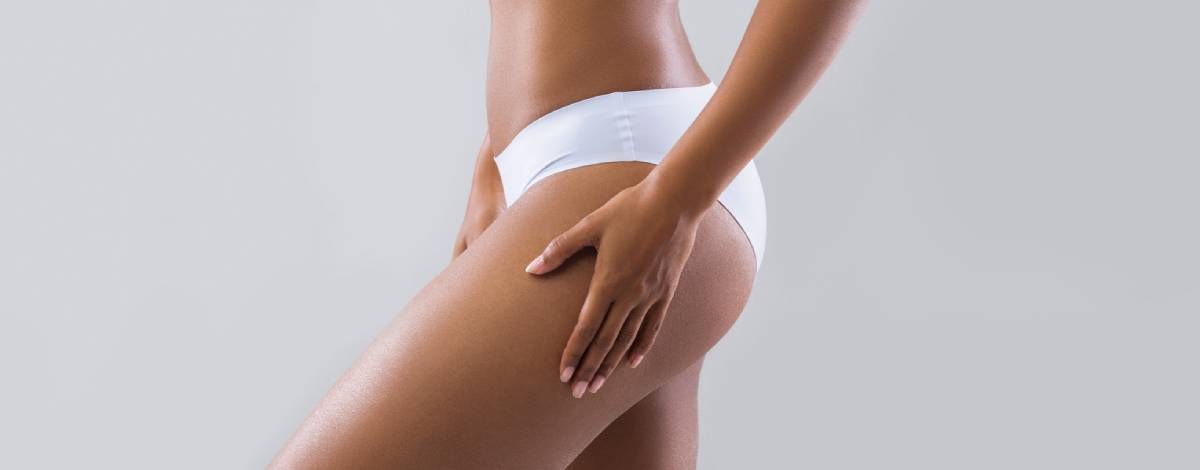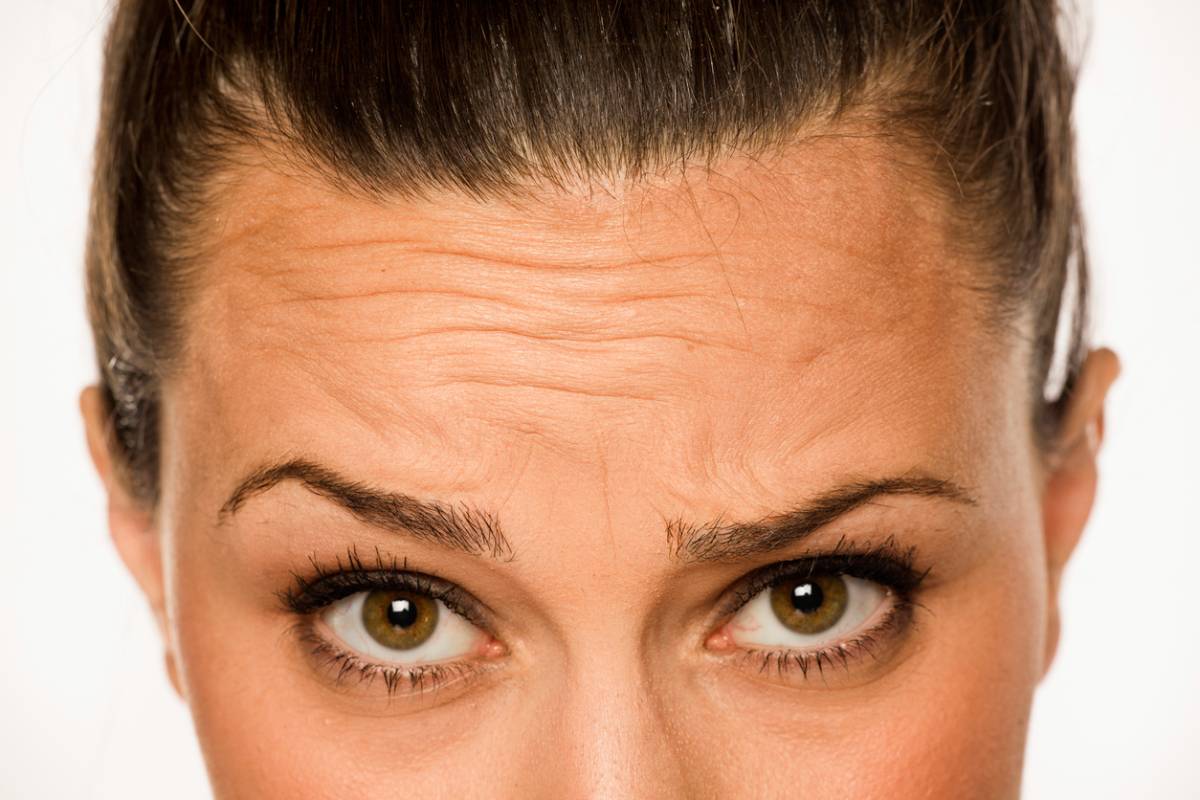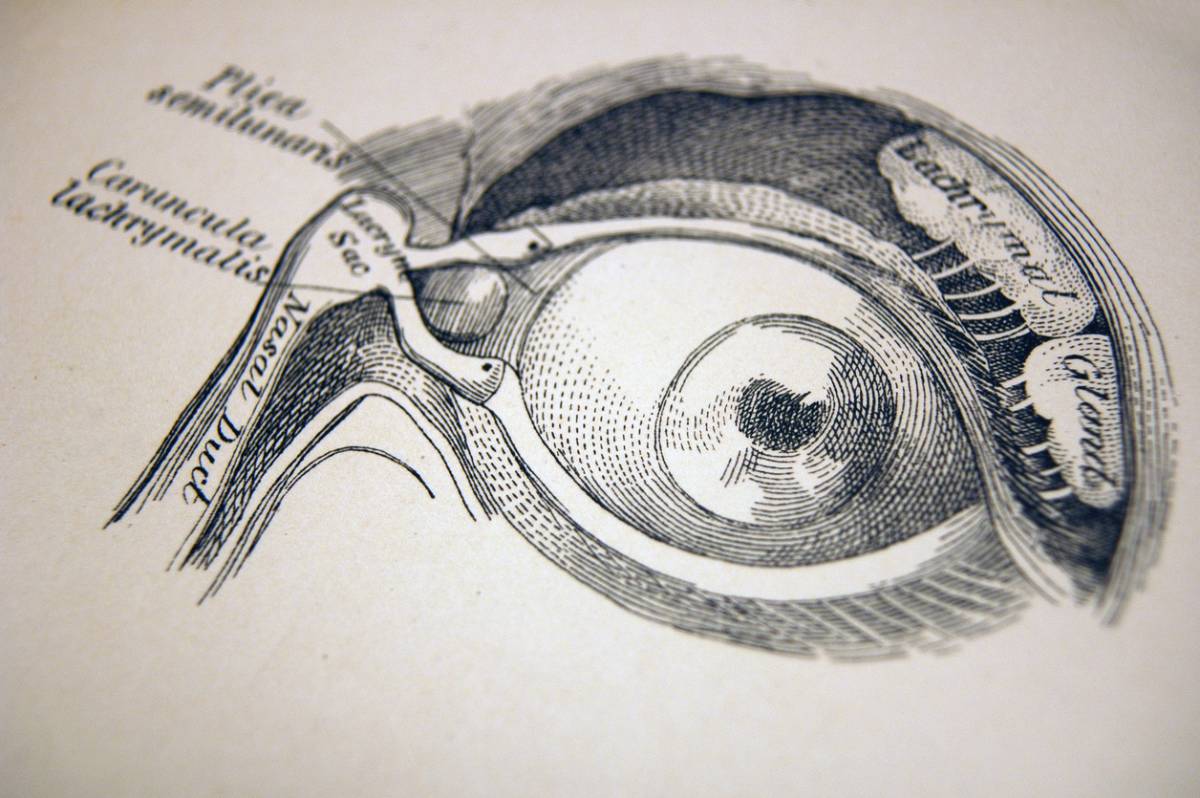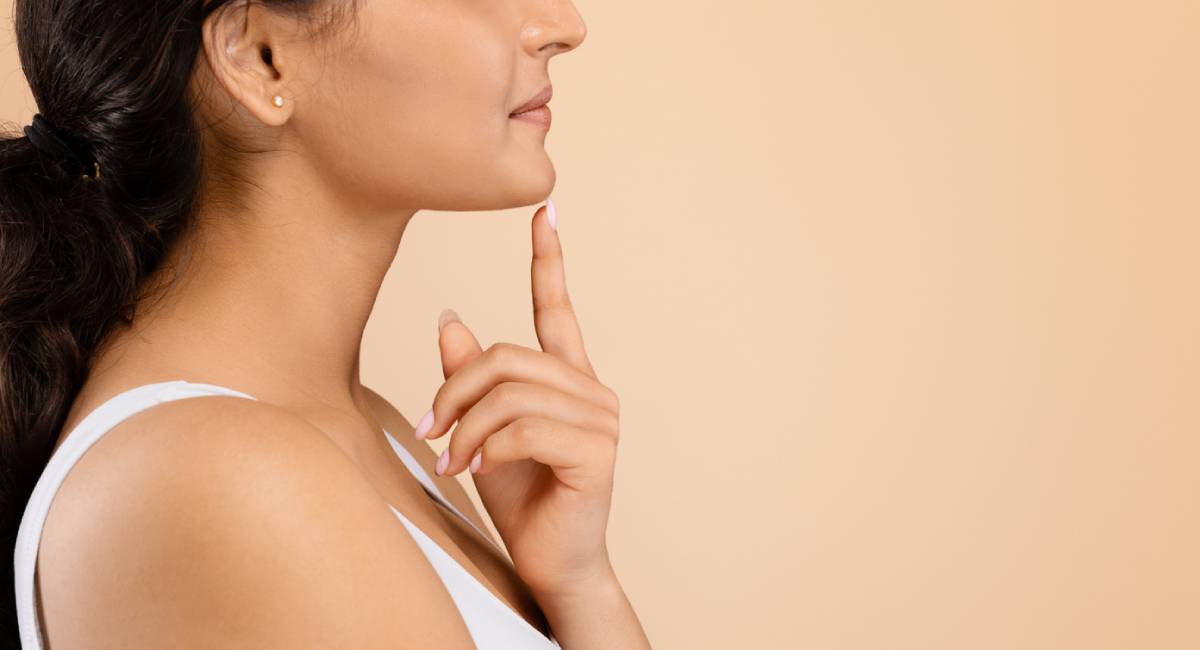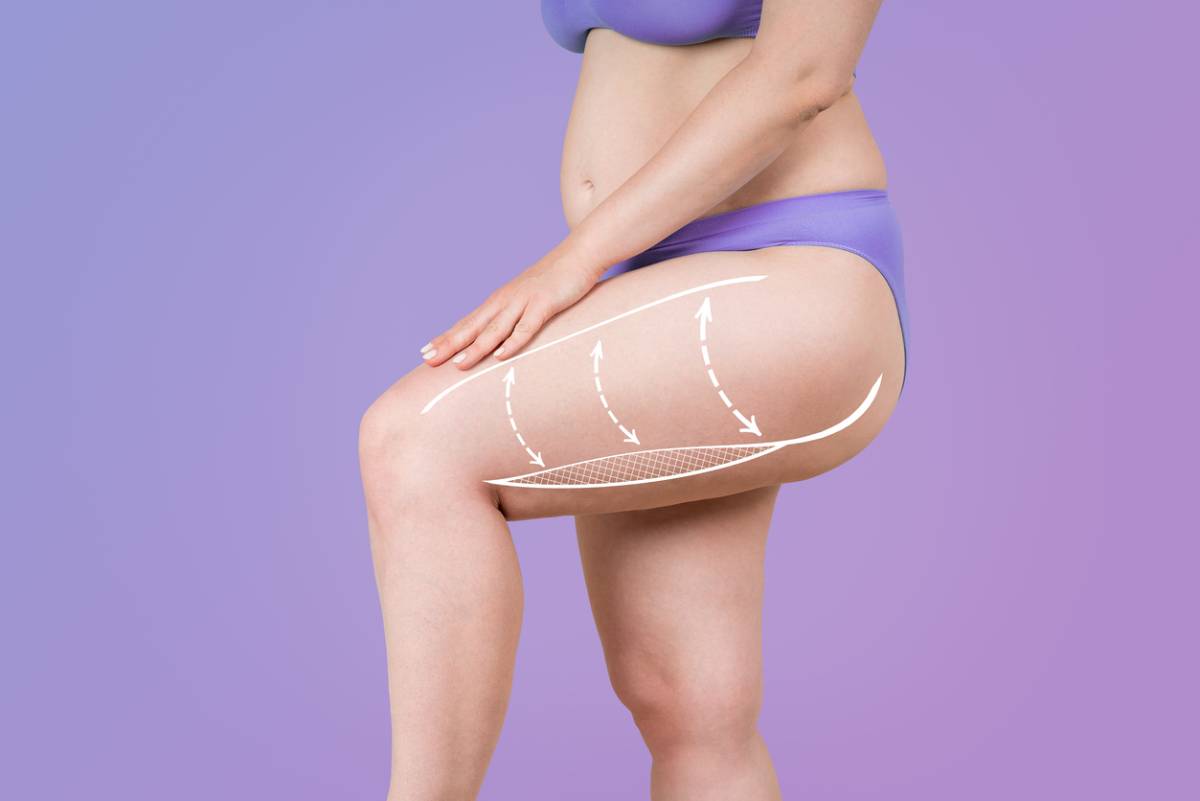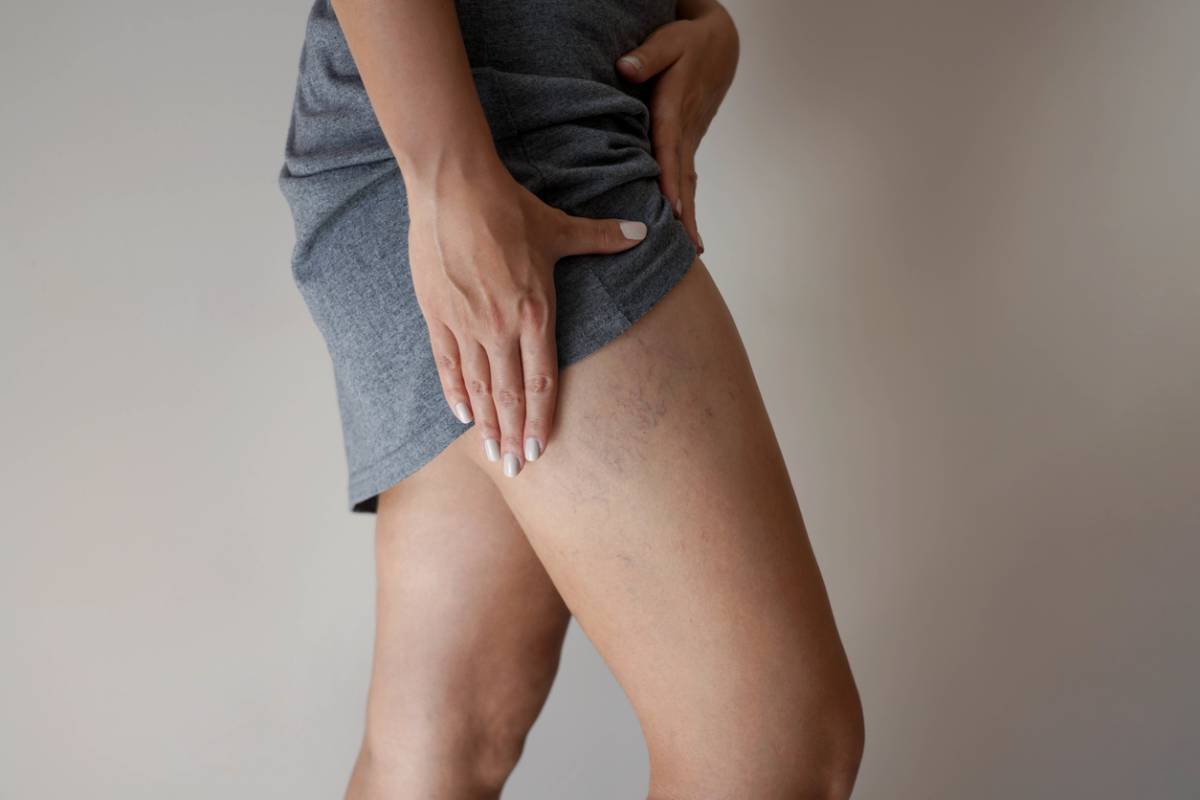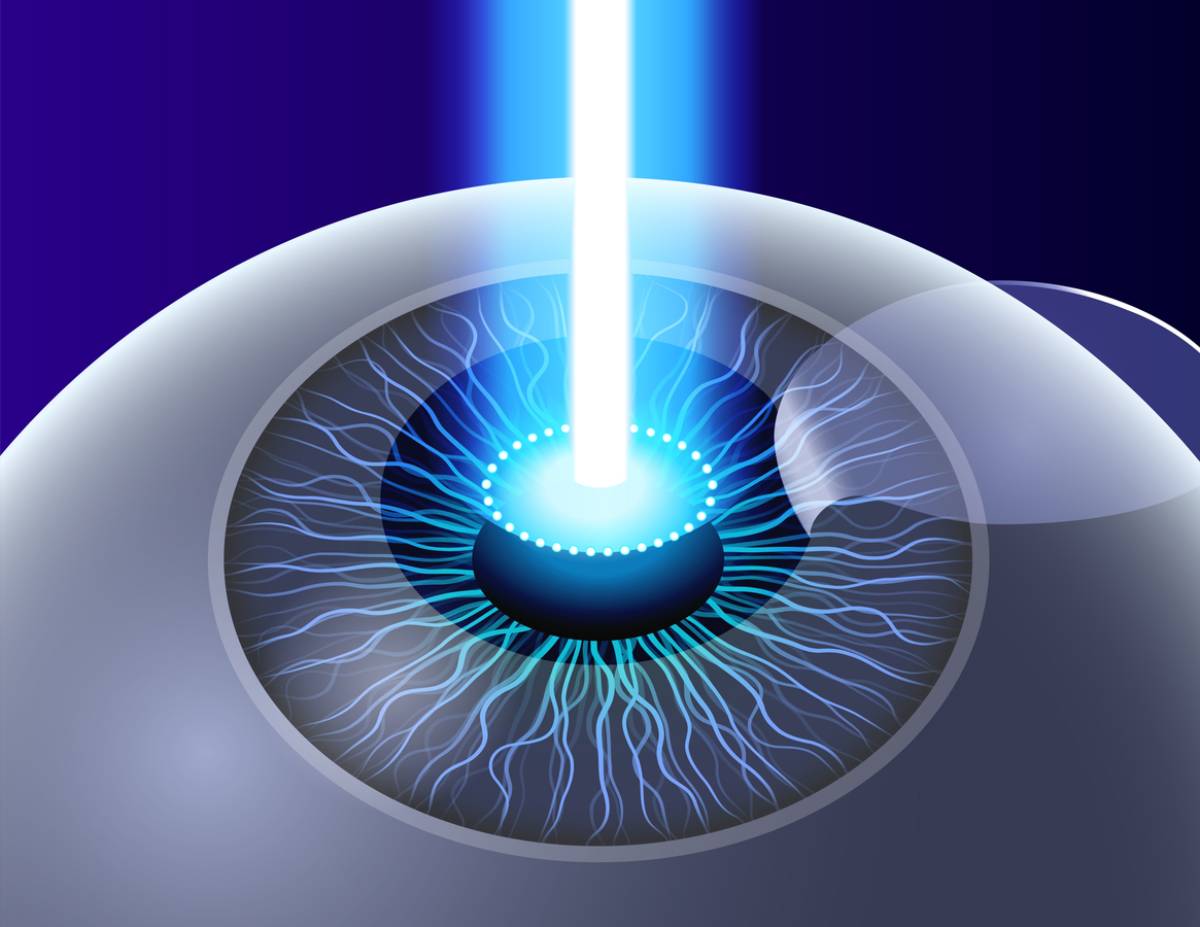How Long Does a Brazilian Butt Lift Last?
A Brazilian butt lift is one of the most popular cosmetic procedures because of its effectiveness in creating a fuller and more sculpted backside. The procedure achieves this result by removing fat from other areas of the body and moving it to the buttocks. The procedure offers several benefits, as it can leave you looking and feeling confident in your body. You may wonder, how long does a Brazilian butt lift last? Below, you will find the answer to this question and additional helpful information regarding the longevity of the results.
How Long Does a Brazilian Butt Lift Last?
A butt lift is a long-lasting procedure that can last a lifetime if you take good care of your health and body. However, the longevity of your results depends on several factors. The good news is that many of them are within your control. Below are some of the common factors that impact how long the results of your butt lift last.
Fat Survival Rate
A butt lift involves a fat transfer from another area of your body. Your body will reabsorb some of the fat transfer. However, the remaining fat that successfully establishes a blood supply remains permanently. It can take a few months to see your final results. Most patients are healed within three to six months. If you manage your weight and take good care of your health, the amount of fat that remains at six months is permanent.
Post-Surgery Care
Your plastic surgeon will provide you with post-surgery instructions. These will detail how to care for yourself after surgery. Common instructions include sleeping on your stomach or sides, wearing your compression garments, and avoiding pressure on your buttocks. You will need to use a special butt lift pillow to avoid damaging the newly transferred cells. Recovery from a butt lift can take a few weeks. Because of this, it is important to follow your surgeon’s instructions to ensure optimal results. It is beneficial to have a trusted friend or family member stay with you during your recovery period. They can help prepare your meals, monitor your symptoms, and provide you with your medication.
Weight Changes
Managing your weight after surgery is essential. In fact, it is one of the most important factors in the longevity of your results. You should be within ten pounds of your goal weight before surgery. It is necessary to have a Body Mass Index of below 30 for the best results. Losing weight or gaining weight after surgery can impact your results because the transferred fat still acts like normal fat cells. This means that weight loss can make your butt lift shrink, and weight gain can make your buttocks much larger.
Lifestyle Habits
Your daily habits and lifestyle choices, such as diet and exercise, can impact the longevity of your butt lift. Consume a balanced diet rich in nutrient-dense foods. A diet filled with fruits, vegetables, lean proteins, healthy fats, and whole grains is key. Avoid processed foods and excess sugar. Hydration is also key, so consume at least eight glasses of water daily. In addition to a healthy diet, get at least 150 minutes of moderate physical activity each week. Lower body strength training can maintain the shape of your buttocks.
Lifestyle Choices
A healthy lifestyle includes diet and exercise. However, several other factors impact your health which can ultimately impact your butt lift results. It is critical to avoid smoking or using any nicotine products. Smoking impacts your blood circulation. This can complicate surgery and your results if you continue smoking afterward.
Additionally, excessive alcohol consumption also has a negative impact on the results of a butt lift. It can impact the healing process and the quality of your skin. Both of which are major factors in your butt lift results.
Quality of Skin and Aging
A butt lift can dramatically enhance your curves and body, but it cannot stop the aging process. Natural aging affects your skin elasticity and distribution of fat. Your skin loses its natural firmness as you age. Additionally, fat can shift to certain areas of your body based on genetics and how often you exercise. To avoid age-related changes to your butt lift, maintain a healthy lifestyle. This includes caring for your skin, staying hydrated, and living a balanced life. Diet and exercise are key to maintaining your butt lift results.
Candidates For A Brazilian Butt Lift
A Brazilian butt lift can enhance your appearance and boost your confidence. Many patients share how they look and feel their best due to the results of a butt lift. Before moving forward with the procedure, it is necessary to schedule a consultation with a skilled and experienced plastic surgeon. They can determine if you are a good candidate for the procedure and answer any of your questions.
A good candidate for a butt lift is someone who has realistic expectations, leads a healthy lifestyle, and has maintained a healthy weight for some time. It is beneficial if you have lost your natural shape due to aging or weight fluctuations. The procedure can provide the much-needed volume to restore your appearance. Candidates should also be non-smokers due to the risks associated with doing so. Smoking and using other nicotine products increase your risk for surgical complications. It can also seriously complicate your recovery and overall results.
Combining Procedures
Many patients combine a butt lift with other procedures to optimize their results. Common procedures include a tummy tuck, liposuction, labiaplasty, breast augmentation, or breast lift. Women who have recently been pregnant or breastfed opt to get the mommy makeover, which can restore their body and improve their confidence post-baby. A mommy makeover can be customized to meet your unique needs, as each woman is different.
Combining procedures offers several benefits. It can minimize your recovery time. It also reduces the number of times you undergo general anesthesia. It can also provide you with more harmonious results. Working with a skilled and experienced plastic surgeon can help you achieve your desired aesthetic. This includes a customized approach to your goals.
Get a Brazilian Butt Lift in Beverly Hills!
If you are interested in a butt lift or other plastic surgery, contact the team at Elise Min Plastic Surgery Beverly Hills today to schedule a consultation!
